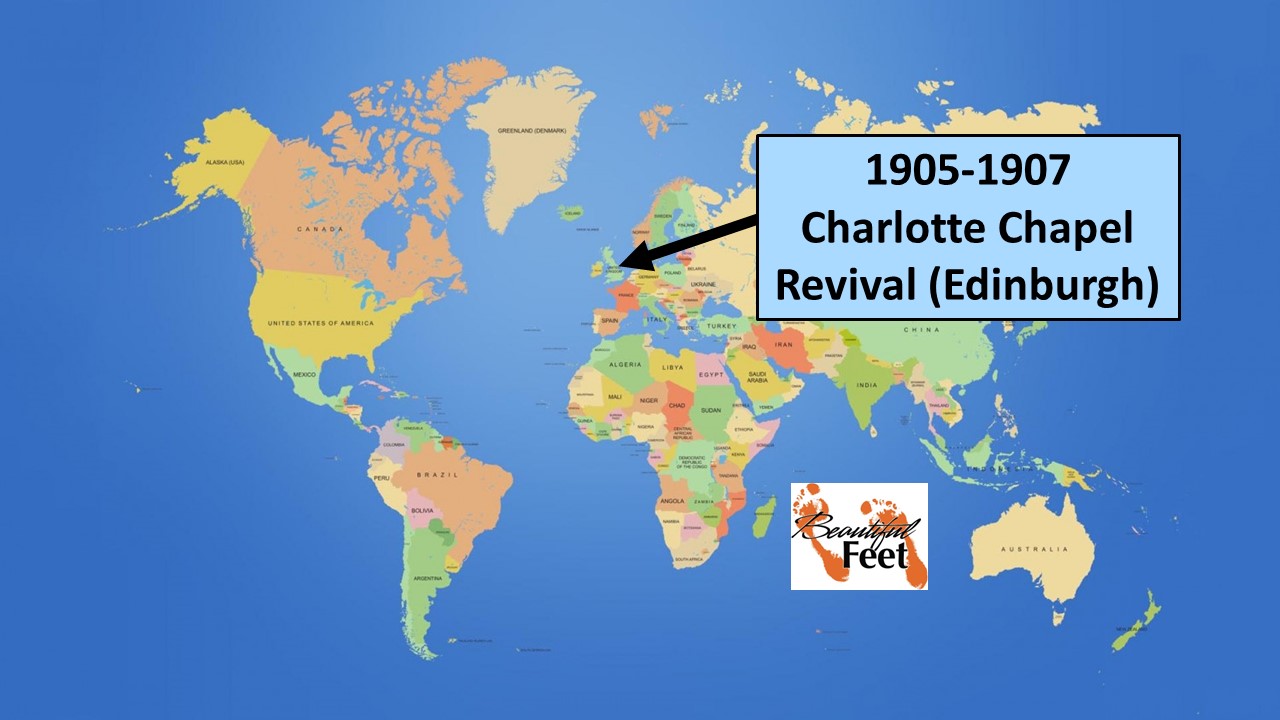
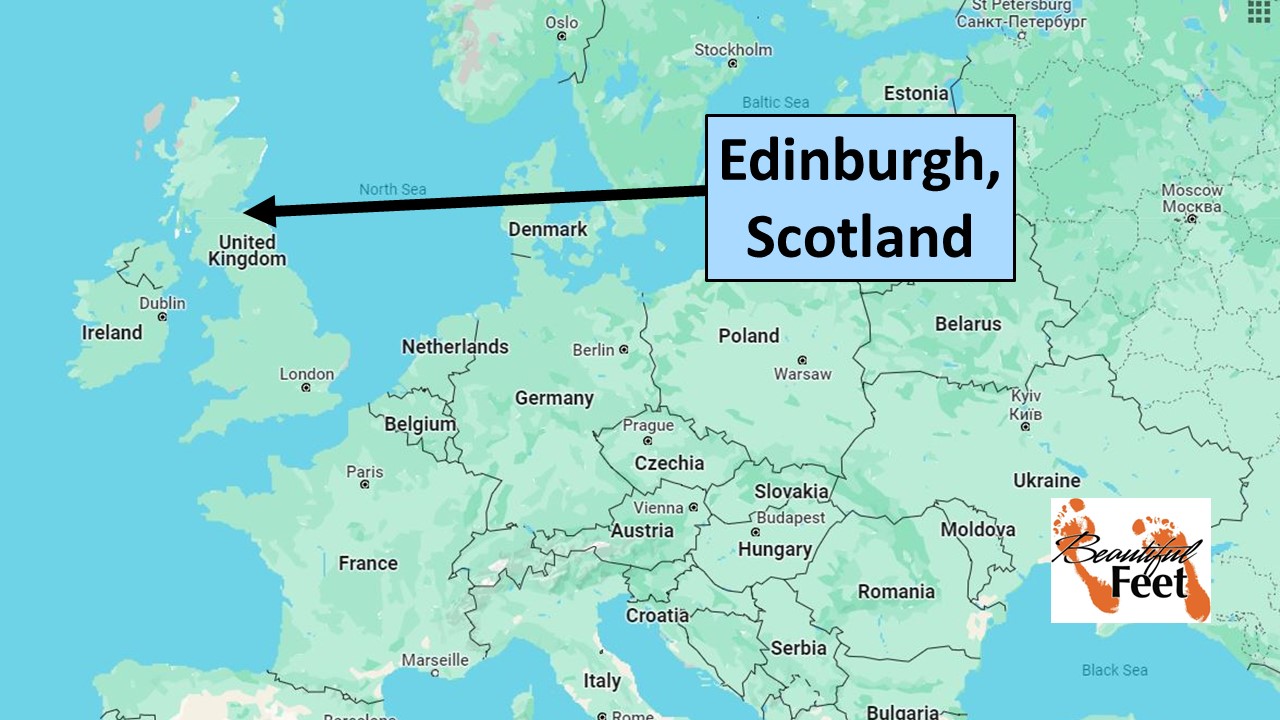 Introduction
Introduction
The local revival that took place in Edinburgh, Scotland, at the Charlotte Baptist Chapel, in 1905, as well as at the end of 1906, serves as a prime example of how discussing, preaching, and teaching about revival can foster such strong faith that revival itself becomes a response to people’s prayers. This pattern has repeated itself many times throughout history.
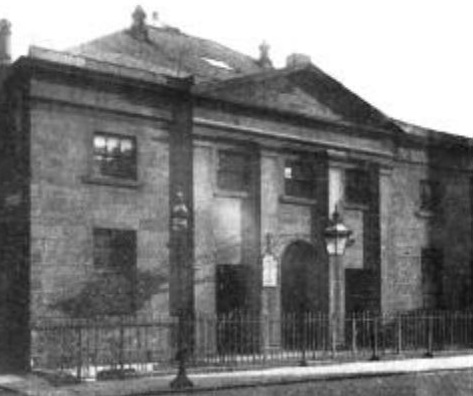
Charlotte Chapel (it was pulled down in 1911 to make room for the new chapel on the same site: 58 Shandwick Place, Edinburgh)
Condition of Charlotte Baptist Chapel Prior to the Revival
By the summer of 1901, the church had reached its lowest point. Without a pastor, and with less than half of its 108 members attending, a spirit of despondency permeated the congregation. The building itself was in disrepair, prompting some to entertain the idea of selling it to be converted into a warehouse.
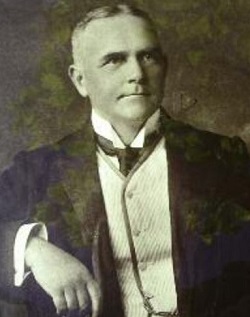
Andrew Urquhart
Extraordinary Vision for the Future
One individual who could be credited with sparking the revival at Charlotte Chapel was the church secretary, Andrew Urquhart. Prior to the new pastor’s arrival in February 1902, Urquhart, against all odds, managed to keep the congregation intact and forward-looking.
Extraordinary Prayer
When the previous pastor left the church in 1901, Andrew Urquhart called the members together to begin praying the following Wednesday. Twelve people responded, and as they persisted in their prayers week after week, their numbers gradually increased.
A New Pastor at Charlotte Chapel
Urquhart learned of Pastor Joseph Kemp (1872-1933), who was leading a prosperous church in Hawick. He wrote him a letter, prophesying that Kemp would leave Hawick to take on the pastoral role at Charlotte Chapel.
In his letter, Urquhart wrote:
I would ask you to believe that the Master is pointing you to us. One should never venture to prophesy, but I feel almost inclined to do so and to say that you will, by God’s help, fill Charlotte Chapel inside of eighteen months and that it will be, after the first month or two, a centre of evangelical life in Edinburgh and increasingly a birthplace of precious souls.
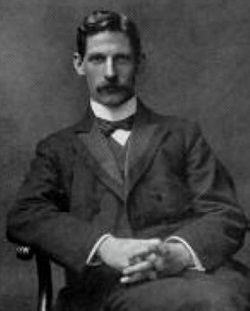
Joseph Kemp
After careful consideration and despite objections from some, Kemp, at 30 years of age, accepted the invitation and arrived in Edinburgh in January 1902.
Inducted into the Charlotte Chapel on Sunday, February 2, 1902, with only 35 people present, Kemp was undaunted by the small congregation.
A social gathering following his induction as pastor was attended by 400 people. Soon after, attendance at Sunday services and the weekly prayer meeting nearly doubled.
This immediately led him to launch a three-pronged approach that he believed would lead to the church’s revival.
Kemp’s Three-Pronged Strategy
1. Prayer: He preached, taught, and led the congregation into continuous prayer. There were three prayer meetings on Sundays: 7 A.M., 10 A.M., and 5:45 P.M. Later, he initiated another prayer meeting after the Sunday evening service, which ran from 9 P.M. to 11 P.M.
2. Open-air preaching: Taking advantage of the church’s central location in Edinburgh, Kemp frequently held open-air services at the end of Rose Street where it intersected with Princes Street, and hundreds were converted to Christ as a result.
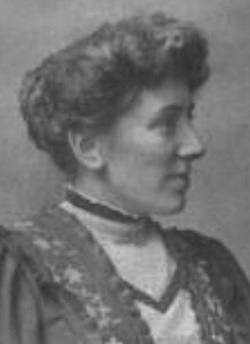
Winnie, wife of Joseph Kemp
3. Renovation of the building: Recognizing that a poorly maintained building wouldn’t attract people, efforts were made to improve both the interior and exterior, making the building more welcoming.
Kemp’s Personal Efforts
As Kemp was seeking power from on high for revival, it was said that:
He nourished his soul and warmed his heart by George Whitefield’s life, Charles Finney’s ‘Lectures on the Revival of Religion‘, and talking with those who had experienced the 1859 Revival in Scotland.
From 1902-1904, during Kemp’s first three years, he had prayed and preached for results, and his efforts bore tremendous fruit:
► 347 joined the church, nearly all first-time converts who were also baptized.
► Many more were converted but joined other churches or were from other locations.
Kemp Visits the Welsh Revival
In early January 1905, Kemp traveled to Wales, spending two weeks there. His purpose for going was to witness firsthand the 1904-05 Welsh Revival.
About his visit, Kemp wrote:
I spent two weeks watching, experiencing, drinking in, having my own heart searched, comparing my methods with those of the Holy Ghost; and then I returned to my people in Edinburgh to tell what I had seen.
Kemp’s Return to Scotland and the Start of the Revival
Returning to Edinburgh on Saturday, January 22, 1905, and bringing a Welshman with him to help him testify to what was occurring in Wales, they shared during the regularly scheduled monthly Saturday conference on the same day. Following both men’s testimonials, Kemp presented an invitation to the congregation:
After telling the story, he tested the meeting, asking if there was anyone who wanted to be saved. About five seats from the front a man rose, saying: ‘I want you to pray for me.’ He was the first of hundreds to be saved over the next few months, as Revival came to Charlotte Chapel, starting on Saturday 22 January 1905. The conference lasted from 3.30 p.m. until after midnight; the fire of God fell – the prayers of many months were answered.
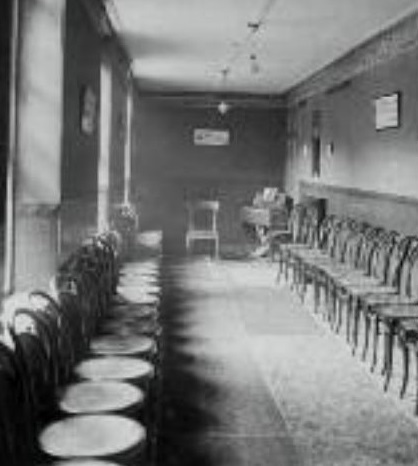
One of the prayer meeting rooms
Prayer Propelled the Revival
There was preaching and teaching during the regularly planned Sunday services, but outside of those services, there was “very little or no preaching.” During the nightly services, for weeks on end:
the congregation was so caught up in an outpouring of prayer, that preaching was out of the question.
Irregularities/ Commotion/ Out of Order?
Kemp acknowledged that there were some who evidently went too far with the release of their emotions, yet he followed up with this statement:
Such a movement with all its irregularities is to be preferred far above the dull, dreary, monotonous decorum of many churches.
Simultaneous Revival throughout the World and Scotland
What was happening at Charlotte Chapel was not an isolated incident. Throughout the world at this time there were revivals. (Note the long list of revivals that occurred in 1905-1910, found on the Beautiful Feet website.)
Throughout Scotland too, among the Baptists, and undoubtedly all denominations, there were other churches experiencing the same revival power as what was being experienced by the Charlotte Baptist Church.
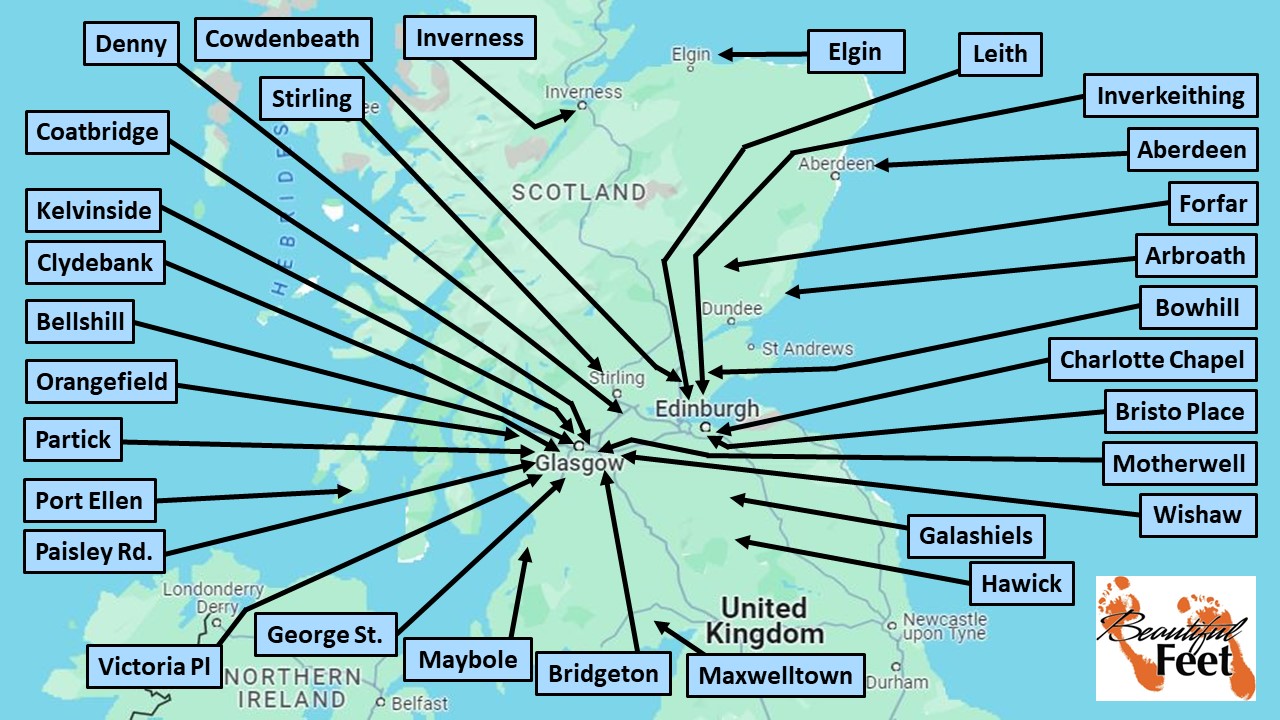
This shows other Baptist churches that reported revivals at the same time. It is assumed that other denominations were experiencing similar blessings.
One example of revival in another Baptist church at this time was the Paisley Road Baptist Church in Govan, Glasgow. They reported over 700 conversions by April of 1905.
During the special service held on February 25, 1905, Kemp drew attention to the reality of God’s presence, like what he had witnessed and experienced in Wales.
The services then began to be held nightly—continuous revival meetings—with numbers growing continually.
During this time, continuous prayer meetings were held. The Chapel was open every night—for 455 nights consecutive nights (beginning in January 1905)—with conversions happening every night. One thousand were converted that year alone.
The Chapel’s 750 seats were always filled, with many unable to find a seat. This led to aisles and pulpit steps being used to seat those in attendance.
On March 16, 1905, following the baptism of 10 individuals, the minister invited others to embrace Jesus as their Lord and Savior, and 50 people immediately responded.
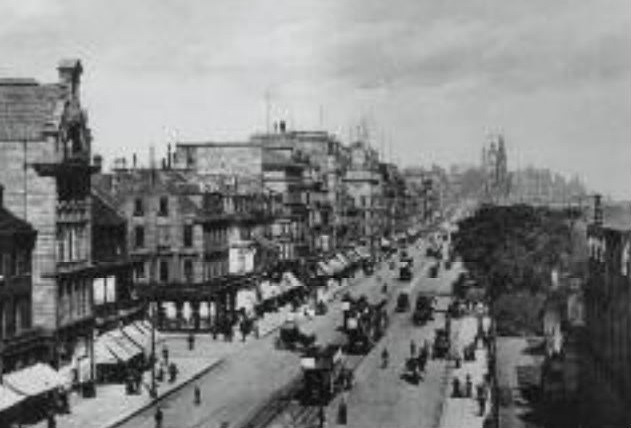
Nightly open-air services were conducted
on the pavement at the left in this image
(corner of South Charlotte Street and Princes Street).
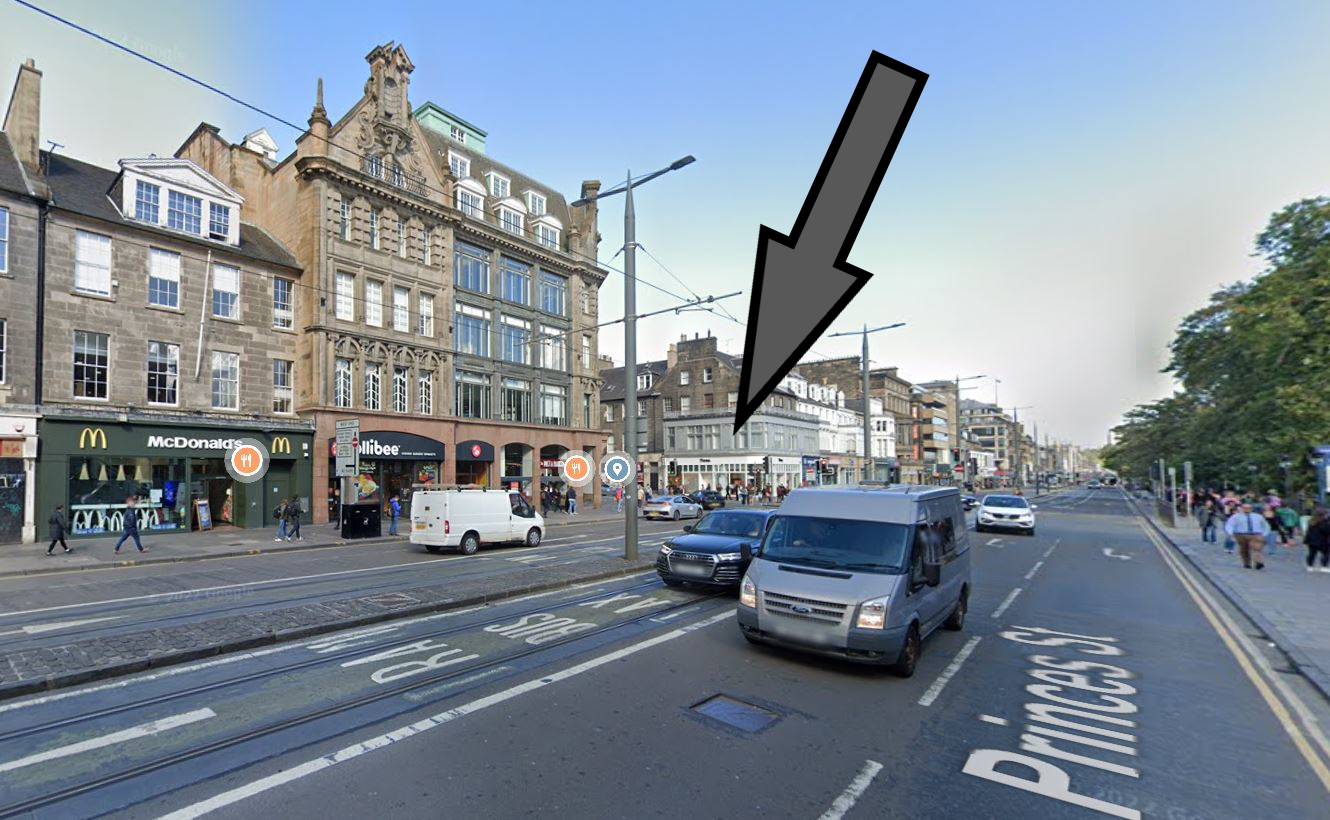
Today’s view of where open-air services were held
(corner of Princes and S. Charlotte St.)
Open-Air Services Continued
In February 1906, Kemp wrote:
For more than a year, open-air services have been held at Charlotte Street corner every night, very often twice during the same evening.
… nobly supported by the bravest band of workers any Church could desire.
Fading of the Revival
Noting the decrease in the revival’s fervor in late 1905, Kemp wrote:
By the end of 1905, the Revival was over; life in the Chapel returned to generally accepted Church lines.
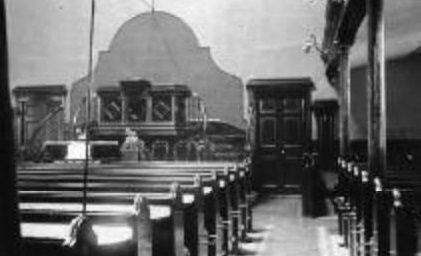
Inside the Charlotte Chapel in 1906
Second Revival at Charlotte Chapel
As the church was beginning to settle into “normal church life,” a second revival fell upon the church.
Thinking that the movement had found its level, arrangements were made [in 1906] to reorganize the work on generally accepted church lines. But again the revival fires blazed forth, and the meetings became marked by a deeper outgoing of the soul to God in prayer than ever, and a passionately expressed desire for the salvation of men was a dominant feature of it.
The evidence of a rekindling of the revival fires was first noticed in the prayer meetings. The one which began at 7 A.M. every Sunday started seeing an increase in numbers, with people arriving an hour earlier to commence praying. The prayers during the weeknight meetings were similar.
On one of the last Saturdays in December 1906, during the Chapel’s special monthly afternoon and evening service, a report was given about the revival at the Moody Bible Institute in Chicago. This report stirred up memories, as well as faith, and Chapel members couldn’t sleep on that Saturday night as they thought about it.
More Prayer
On the Sunday prior to Christmas, 1906, the revival fires became overwhelmingly noticeable.
The fire of God again fell. There was nothing, humanly speaking, to account for what happened. Quite suddenly, on one and another, came an overwhelming sense of God’s presence. Prayer was spontaneous and gained in intensity. People sang on their knees and prayed, oblivious of one another, then sang together, then prayer broke out again, waves and waves of prayer. In no time it was midnight – the hours had passed like minutes.
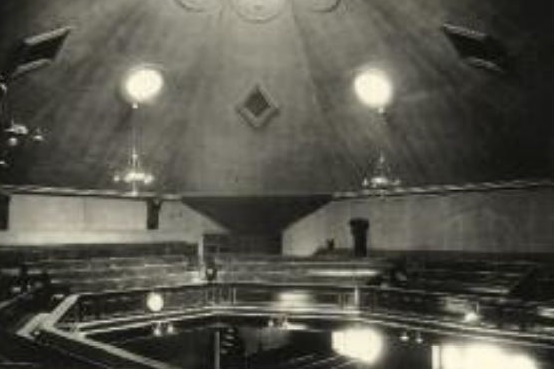
Balcony at Charlotte Chapel in 1906
New Year’s Eve, 1906
The Watchnight service started at 10:30 P.M., and once again the power of the Holy Spirit was manifest, with Kemp writing:
On the last day of 1906…, when the fire of the Lord fell, and upon them came an overwhelming sense of the reality and awfulness of His presence, and of eternal things; and life, death, and eternity were suddenly laid bare.
New Year’s Day, 1907
The first day of the new year had three services scheduled: 11 A.M., 3 P.M., and 6:30 P.M. At each one of those services, there was still more of the outpouring of the Holy Spirit:
The afternoon meeting departed from the planned programme and became a time of prayer, confession, testimony and praise. The evening meeting went on without the guidance of any human hand; although speakers, who had been invited to address it, were present, no address could be given. The congregation bowed in prayer, heart-searching and contrition, and God’s presence was very real to all present. A number of unconverted people decided for Christ, but the burden of the meeting was that ‘judgement must begin at the house of God’.
Lasting about 8 weeks, the revival of prayer continued. Kemp wrote of what occurred after a half-night of prayer on Sunday, January 13:
To the curious the meetings appear disorderly; but to those who are in them and of them, there is order in the midst of disorder. The confusion never gets confused; the meetings are held by invisible hands. Believers have been awakened to a sense of having lived defeated lives…Brethren have been reconciled to one another; differences which kept sisters apart have been destroyed…While the work has been chiefly confined to the saints of God, purifying, humbling, purging, cleansing, there have been numerous conversions.
Report from a prayer meeting held on February 16, 1907:
Then on February 16th, an all night prayer meeting was held, which lasted from 10 o’clock at night until 8 o’clock in the morning. At least one hundred and fifty people stayed for the whole time. “From the beginning to the close,” wrote Joseph, “the prayers ascended in one unbroken continuity. At times, the prayers rose and fell like the waves of the sea. At half past three in the morning, the scene was bewildering to behold. It seemed as though everybody in the building was praying at once. Yet there was no confusion and nothing unseemly. The people had caught the passion of prayer, and we felt we must pray.”
Ending of the Second Revival
The second Revival at the Charlotte Chapel seemed to have ended on the last Sunday evening in February, 1907, yet its effect lasted into the future:
Even with the diminished awareness of the Holy Spirit’s manifest presence, the impact of that revival continued through the spring of that year.
Sometime after the Revival, Kemp wrote of the profound impact it had on the congregation:
I have yet to witness a movement that has produced more permanent results in the lives of men, women and children.
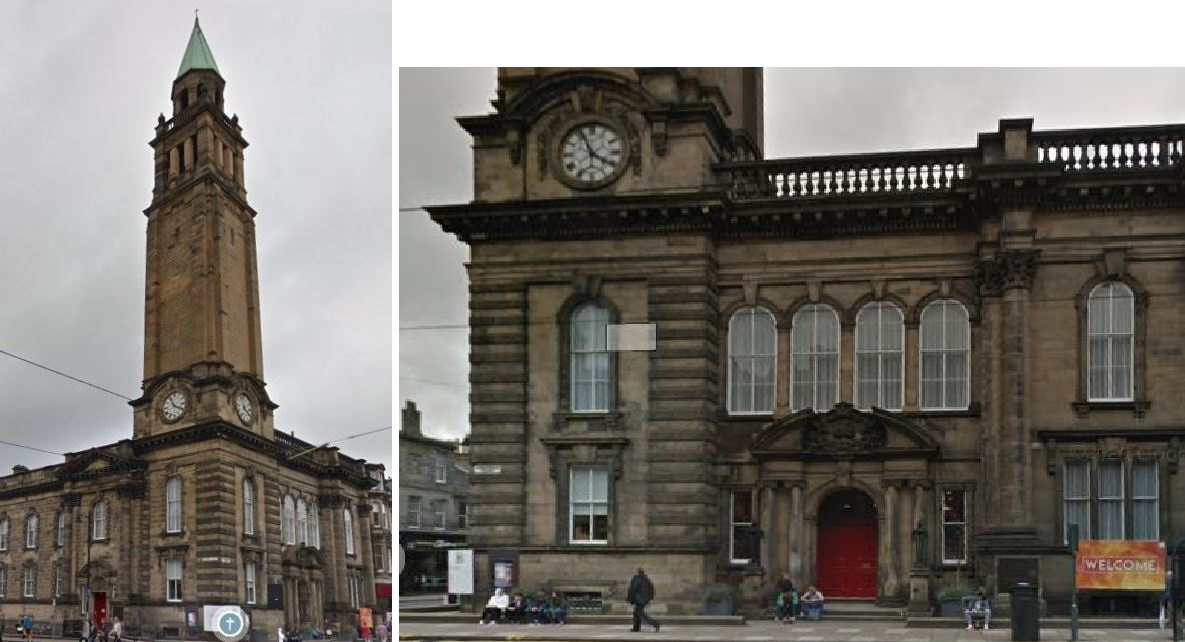
The old building was torn down in 1911
to make way for the new one at the same location
(left and right view of the new Charlotte Chapel).
Results of the Revival
In March 1907, Kemp wrote about the gracious visitation’s impact:
► There was a deep conviction of sin, leading to genuine repentance and wholehearted consecration.
► The Holy Spirit exposed hidden things in people’s lives and led them to deal with those issues.
► Testimonies of overcoming worldly behavior and bad habits were shared.
► Prayer meetings were prolonged, with people not wanting to leave, many losing all consciousness of time.
► Many who had never prayed publicly before found it easy to freely pray.
► They learned how to pray in a way they had never prayed before.
► The church was full every Sunday morning and evening.
► There emerged a loyal group of committed people who were singularly focused on the salvation of souls.
► There was a new love for the Bible among both young and old.
► Lives were purified, and homes transformed.
► Many young people entered into training for ministry.
► Many were sent out as missionaries.
► The Bible school, which before the revival only had 7 students, had 222 by April 1906. Students from all over Edinburgh attended.
Church Membership
► By the end of 1902—117 new members.
► By the end of 1903—134 more members were added.
► By the end of 1904—another 175 became members.
► By the end of 1905—another 120.
► By February 1906, there were 609 registered members.
► Charlotte Chapel became the largest Baptist church in Scotland.
Sources
► 200 Years of Charlotte Baptist Chapel by Ian Balfour
► Book Review: Revival in Rose Street: Charlotte Baptist Church, Edinburgh, 1808-2008 by Christine Lumsden
► Charlotte Baptist Church’s website today (58 Shandwick PL, Edinburgh)
► Charlotte Chapel (Edinburgh) by Wikipedia
► Kemp, Joseph William by Dictionary of New Zealand Biography
► Revival in Rose Street by David Campbell
► Revival in Rose Street [with pictures]: by Ian Balfour
► Revival in Rose Street: Charlotte Baptist Church, Edinburgh, 1808-2008 (page 173-202) by Ian Balfour
► The Charlotte Chapel, Edinburgh Revival 1905-1907 by The Interceders Encourager No. 49
Return to List of Revival Stories
Chet & Phyllis Swearingen:
Office: (260) 920-8248
romans1015@outlook.com
Beautiful Feet
P.O. Box 915
Auburn, IN 46706

